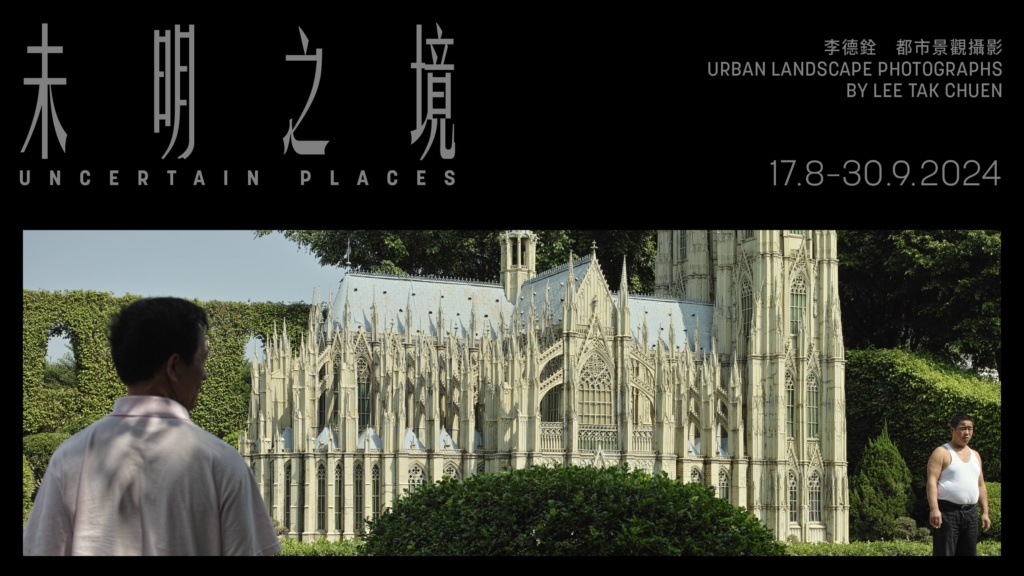
Uncertain Places: Urban Landscape Photographs by Lee Tak Chuen
2024.08.17 – 2024.09.30
Opening Reception: 17 August 2024, Saturday, 16:30
Artist Sharing: 17 August 2024, Saturday, 14:30
Artist & Curator: Lee Tak Chuen
Venue: Lumenvisum | L2-02, JCCAC, 30 Pak Tin Street, Shek Kip Mei, Kowloon
Opening Hours: Tuesday to Sunday, 11:00-13:00, 14:00-18:00, Closed on Mondays (except Public Holiday)
Opening Reception & Artist Sharing:
https://www.eventbrite.com/e/940275087097?aff=oddtdtcreator
Plan your visit:
https://www.eventbrite.hk/e/1870-1890-tickets-911854761137?aff=oddtdtcreator
Introduction
Uncertain Places: Urban Landscape Photographs by Lee Tak Chuen
The social construction and reconstruction of the modern city is a perennial theme for visual artists; contemporary documentary photographers have shifted from authentic witness of the environment to a more personal or even subjective awareness. Apart from documentary clarity, straight photography can offer free ranging associations like self-expressions and poetic meditations.
Through different series of urban and suburban images photographed from 2012 to the present, Lee Tak Chuen explores the notion of urban landscape in light of his floating journey between mainland China, Hong Kong and United Kingdom. Fleeting gestures and transient expressions of strangers together with detached observation on mundane architectures and paradoxical spaces, the photographer charts his fluid identity within changing global metropolitan theaters he strolled in last two decades.
- China
In‘You are not fish’(2011) Lee resonated the lively voice of the swarm with color impulses and coupled this mobile sensation through integrating the subject with wrinkled tree reflections on water surfaces. The photographer pictured the infinite nuances of forms with diversified chiaroscuros; the blurring effect owed much to the shutter speed restriction of Polaroid cameras, in return it offered an accidental impressionistic atmosphere.
The‘Old town’(2012) and‘Passengers’(2013) series provide a voyeuristic glance to the city backdrop of mainland China through social documentary of nameless back alleys and momentary scenes of citizens encountered in urban settings like parks or tourist spots. The street is a site of performativity where anonymous objects and subjects emancipate different faces of a society in transition. Instead of featuring the omnipotence of new shopping malls at city center, Lee allows us to see hanging blankets, deserted objects, discarded furniture, wearing paints and damaged bills in vicinity; paradox of continuous urban development and tragedy of human destiny are unnoticeably embedded among the unsettling urban elements in these aged communities.
The photographer further observed an acute alienation among city pedestrians in his ‘Passengers’ (2013) series; one could see a quiet contemplation of solitary characters trapped within various scenarios of the city. The irregular distribution of photographed subjects in Lee’s planned compositions project fragments of silent tales. As the still figures and associated man-made environment freeze within the photographic instant, the documentary genre at once expands into our internal spheres of imagination and sensibility: disharmony body directions, indifferent eye sights and reserved gestures of the subjects contributed an anti-urban sentiment as opposed to our tradition understanding of harmonic hospitality. As realism and mystery interplayed in single universe, Lee’s panoramic image frame became a desolate theater with complex system of unhomely symbolic references; it is an elongated mental space with acts of unspoken dramas which invites the viewer’s empathy and wonderment.
- Hong Kong
‘Sheung Wan’ (2013) featured a series of vertical Hong Kong cityscapes comprised with repetitive single point perspective composition. Distancing himself from heavy crowds, Lee maintained a detached curiosity on architectural details and presented an urban landscape without clear depiction of pedestrians. Deprived of psychological anchoring, this neutral and impersonal subjectivity is associated with the ’New Topographics Photography’ genre in which a formalistic and comprehensive description of man-made environment is visually articulated under deadpan aesthetics. Lee’s unoccupied perspective has portrayed the city without a ‘self’ and this form of subject absence have ingrained in his Hong Kong portfolio afterwards.
‘Hard-Boiled Wonderland’ (2021) marked the pinnacle of the artist’s sentiment on Hong Kong as his‘homeland’; by means of black and white infrared technicality, Lee altered the heavy gray tones into glowing scenarios, the city has transformed into an ethereal wintry-white dreamscape. This fairy tale vision explores our thalamus and confronted the concurrent low pressure social atmosphere with an uncanny space beyond the visible. As different from his China portfolio expressed tensely with weight and exactness of unknowable lonely moments, there is a suspension of time and space uttered within the relaxed monotones in this new series.
The infrared vision realized a virgin light,
a path set between reality and illusion.
Striding through fertile seashore,
cutting across the waterside boulevard.
Whispers overheard around the street corner,
murmuring about a hundred years of prosperity and disappearance.
-‘Hard-Boiled Wonderland’ (2021)
The riddle of this luminous landscape can be further deciphered beyond skin deep surface. From Lee’s artist statement listed above, we could see a tragic irony about the city’s fateful condition behind all whitewashed geographic imaginations. The eerie wonderland is instead a phantasm with illusionary shades of unease and chromatic of loss. To Lee, the photographed subjects submerged themselves in temporarily comfort amidst the drowned glorious past. Mute chronicles of these ordinary people reflect their incompetence to survive from sinking under the dripping white sand inside the epoch’s hour glass.
- United Kingdom
Lee moved to Birmingham in 2022, this physical transition paves the way to a pivotal transformation of creativity. ”Brum Town” (2022-23) and“Unbounded Nature” (2022) are his recent poetic constructions of a fresh landscape environment in myriad shades of gray. It presented us subtleties and details of the new neighborhood and spacious rural nature; this can be read as a therapeutic process for the photographer’s mind. As a dedicated fan of the British landscape photographer, Raymond Moore (1920-1987), Lee realized the artist’s identity in flux among the changing maps of experiences under different uncertain places. The photographer in Moore’s diction transposes transitory landscapes and urban structures into ethereal visions; our inability to arrest time’s restless onward motion will be counterweight by the artist’s images of eternity.
‘In Praise of Light’ (2022-23) revealed a seductive display of interior shots of Lee’s new house. The altering photo angles and changing perspectives are like cinematic camera sequences, a play of the adventurous tracking shots as visualized in the exiled Russian director, Andrei Tarkovsky’s (1932-1986) lyrical films. Lit by available and perpetual daylight, these emotional encounters between the glowing space and dreamlike ambience created a spectrum of habitual monotones. The photographer actually moved with naturalness in his rooms of dreams. By sculpting time with luminescence revelations, Lee ultimately released himself from ephemeral doubts; he transformed spectral mist with sensitive veils of light and illuminate us the inner truth of peaceful existence.
Writer: Blues Wong
Blues Wong contributes extensively as art critic and curator. His writings are selected for ‘Hong Kong Visual Culture: The M+ Guide’ (Thames and Hudson, 2022) and ‘Dado Moriyama: City Drifter’ exhibition (WKM Gallery, 2024).
Artist and Curator Bio
Lee Tak Chuen
Lee Tak Chuen is a deeply dedicated photographer and visual artist whose creative career spans several decades and encompasses various media. Lee began his photography studies at Hong Kong Polytechnic University and Kwun Tong Vocational Training Centre. Under the mentorship of the renowned photographer Ng Hon Lam, he further honed his skills and vision. In the 1980s, he co-founded a photography workshop with Ng Hon Lam and other members. In addition to his artistic pursuits, Lee served as an editor for the visual magazine published by the workshop, contributing to the visual arts community with his keen editorial insight. Throughout his career, he has held numerous exhibitions exploring various themes and showcasing his evolving artistic style. Notable exhibitions include “Man and Environment” (1984), “Sensitive – Transitive” (1985), “2F6M Phenomena” (1989), and “Duality” (2006).
